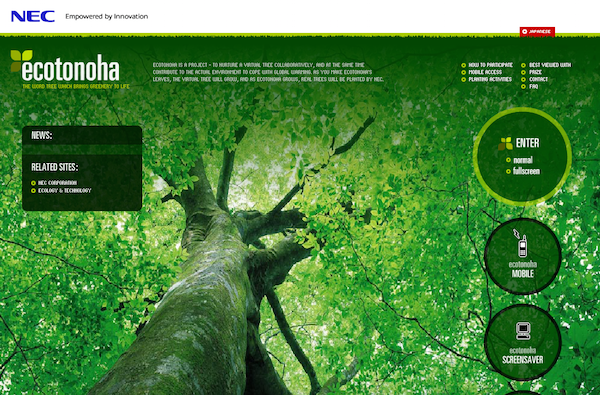Jason Kottke has posted an interesting blog entry about recollection of online and offline reading.
He points out that he finds it easier to recollect things if it is in a digital form, as opposed to reading a book, where the experience of reading can be more casual and relaxing in his case.
Funny, I have the same problem – I find myself sometimes digitising things for better access to it eg. scanning, blogging, doodling, etc.
Should we be blogging everything? :) I had a similar discussion about this with my friend CafeDave a few weeks back, where he asked me 2 questions via messenger and I replied with 2 blog posts which answered his questions exactly, word for word as if I was replying him directly (it was funny but weird).
I’ve thought at times about, writing this journal in a more “recollection-centred way” – in a way of perhaps better re-tracing some steps of sites I visited in the past, as a way of recalling places I’ve been, articles I’ve read and also things I’ve experienced.
Further Reading:
Miall D. S. and Dobson T. (2001-08-13) Reading Hypertext and the Experience of Literature [Online] Available: http://jodi.ecs.soton.ac.uk/Articles/v02/i01/Miall/ (Cited: 2003-7-18)
